Trump Administration Is Sending Haitians Back To A Country Still Mired In Disaster
The Trump administration has ended immigration protections for thousands of Haitians in the U.S. starting in 18 months, which will force many to abandon the lives and communities they’ve built to return to a country still recovering from disaster.
Senior Trump administration officials announced Monday the upcoming end of temporary protected status (TPS) for Haitians, a special designation applied to 59,000 Haitians after a massive earthquake devastated the island nation in 2010. Unless Congress takes action, Haitian TPS recipients will have to achieve legal status or return to Haiti by July 2019 ― or risk deportation.
Haitian TPS recipients have been living in the U.S. for 13 years on average, according to the Center for Migration Studies. They also have 27,000 U.S.-born children. Those parents may soon have to decide whether to take their children to Haiti ― for some, a country they have never known ― or leave them behind.
“I’ve never been to Haiti before,” said Ronyde Christina Ponthieux, the 10-year-old daughter of two TPS recipients, at a Tuesday news conference organized by the nonprofit Haitian Women of Miami. “I have trouble sleeping at night sometimes, because I know there is a possibility me and my family will be deported.”
“I love my dad, I love my parents,” she added, bursting into tears. “How can you do this to us?”

What’s more, Haiti ― the poorest country in the Western hemisphere ― is in no condition to receive thousands of arrivals, experts warn.
The country has still not fully recovered from the 2010 earthquake, which killed more than 300,000 people and devastated the country’s infrastructure. The disaster also left the nation with an ongoing cholera epidemic after U.N. peacekeepers, who were there to assist with rescue efforts, brought the disease to the country. Since then, it has also been hit by Hurricane Matthew in 2016, as well as Maria in September.
“Since the earthquake, there’s been a series of natural disasters, not to mention a cholera outbreak,” Kevin Appleby, senior director at the nonpartisan Center for Migration Studies think tank, told HuffPost on Tuesday. “Sixty percent [of Haitians] are below the poverty line. You still have 10,000 cases of cholera as of September. There’s still thousands displaced or in camps. Infrastructure has been weakened by the hurricanes. Crops have been damaged, so there’s food insecurity and hunger is prevalent.
“You add those things up, the leadership is not in a position to safely reintegrate many of these people.”
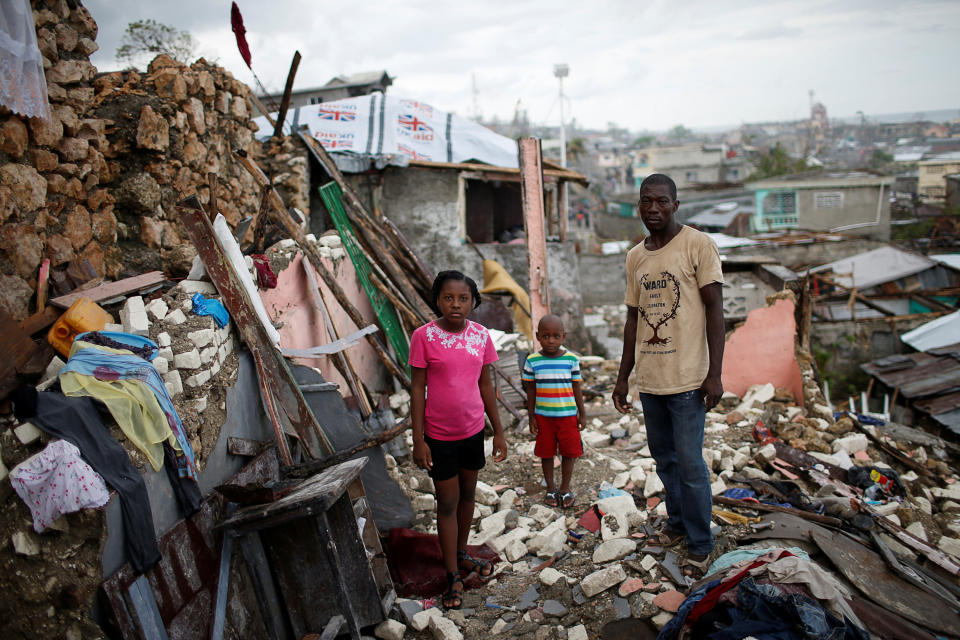
While Haitians under TPS still have 18 months to attain long-term immigration status before they are subject to deportation, getting legal status in the U.S. is far from easy or fast.
Some Haitians could have a spouse petition for them ― but only if their partner is a permanent resident or U.S. citizen, Appleby noted. Others could have an employer petition, but that would work only if the employer could prove that an American couldn’t fill the job. Most Haitians will likely not have either of these options.
“Absent action by Congress to give this population a chance for permanence, I would say the vast majority would be subject to deportation,” Appleby said.
He called for members of the legal community to step up to support Haitians in these complex immigration processes ― at an affordable cost.
The end of TPS protections for Haitians comes mere weeks after the Trump administration ended the same special protections for over 5,000 Nicaraguans, some of whom had been living in the U.S. for close to two decades.
It has also only been a couple months since President Donald Trump rescinded the Deferred Action for Childhood Arrivals program, putting nearly 700,000 young undocumented immigrants ― also known as Dreamers ― at risk of being deported when their protections expire.
“This is part of a broader strategy being pursued by this administration not only to deport undocumented immigrants but to roll back legal protections for long-term residents and subject them to deportation,” Appleby said. “In fact, the administration is doing more to increase illegal immigration in this country than decrease it.”
“If you count Dreamers and TPS, you’re approaching a million people they’re throwing into undocumented status,” he added. “They won’t be able to deport them all, but it drives them into the shadows.”
On Tuesday, protesters took to the streets in Florida, marching to Trump’s Mar-a-Lago home to protest the decision to roll back TPS protections for Haitians.
Love HuffPost? Become a founding member of HuffPost Plus today.
Hundreds of protesters in FL are walking to Mar-a-Lago to rally after the administration's decision to end immigration protections for almost 59,000 Haitian immigrants. https://t.co/zz6IshiBJi pic.twitter.com/C1kCJ5Qmo0
— Kyle Griffin (@kylegriffin1) November 21, 2017
“Right now I am very depressed to know that after 18 months I have to go back,” Yolnick Jeune, a TPS recipient and mother of five children, who has been in the U.S. for over 10 years, said at the Haitian Women of Miami’s news conference. “With TPS, I was able to go to school. I’m a school district employee for seven years. I have two boys that went to college. I have two girls that are going to graduate this year.”
“Our dream is not to go back to a country that’s not in a stable condition. Everything is destroyed. We have nothing left. What would we do?”
Also on HuffPost


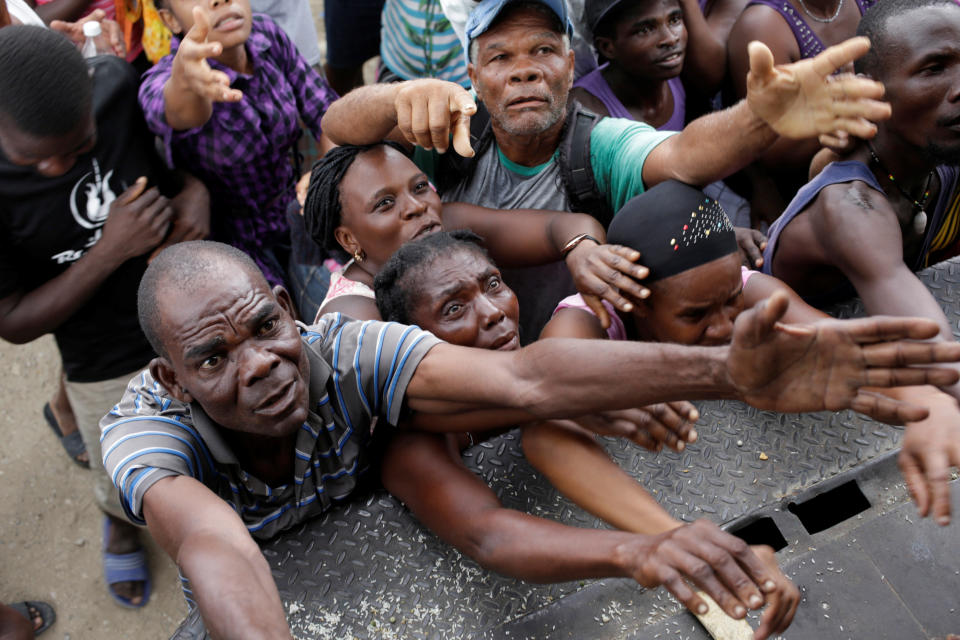

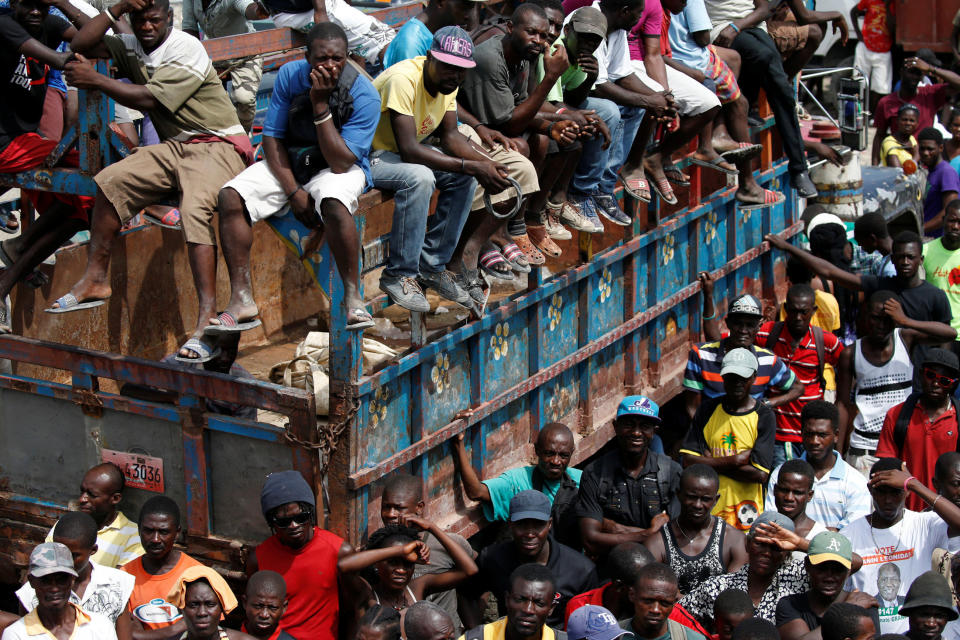
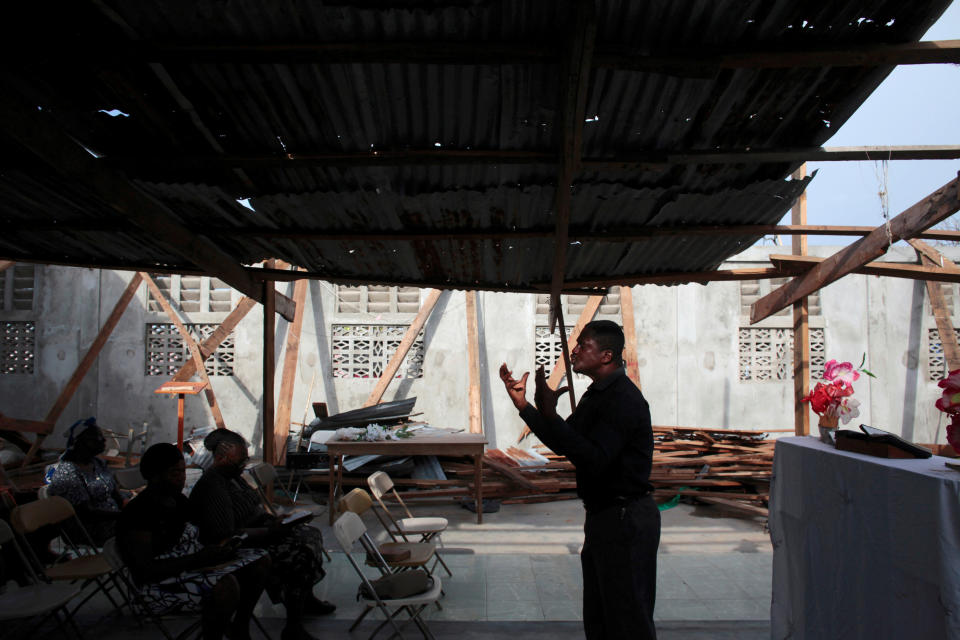
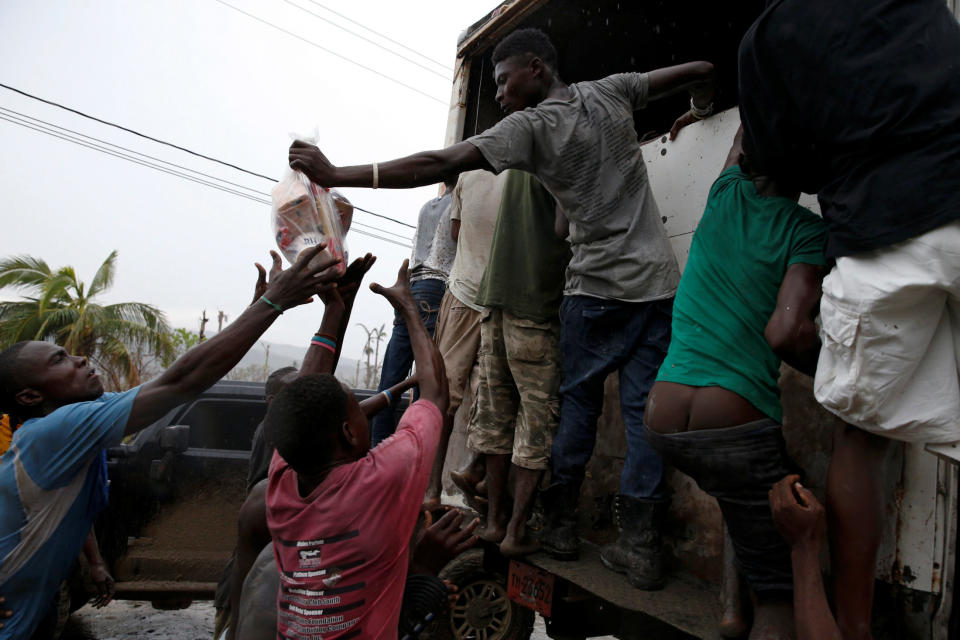

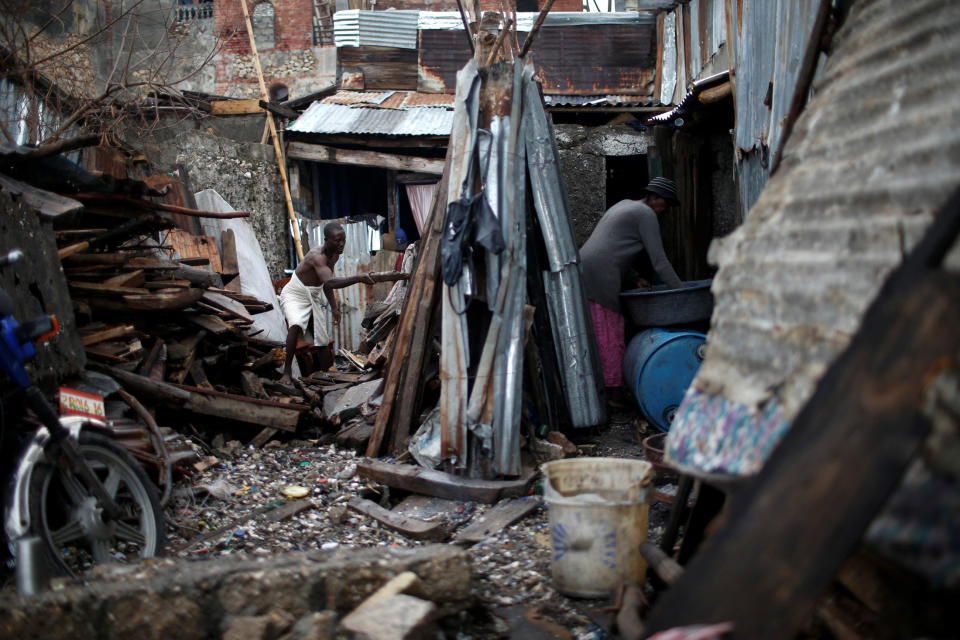
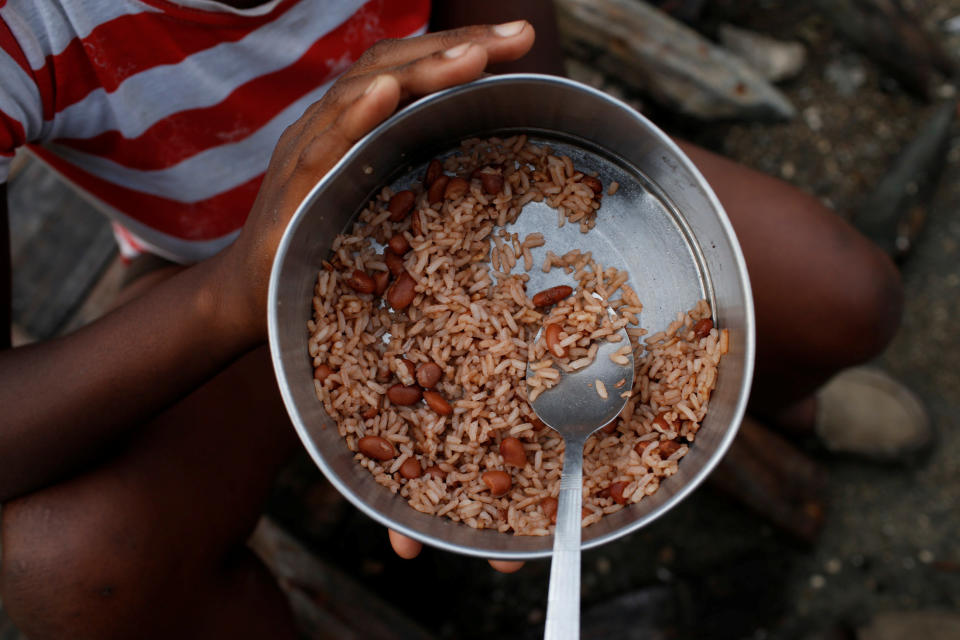
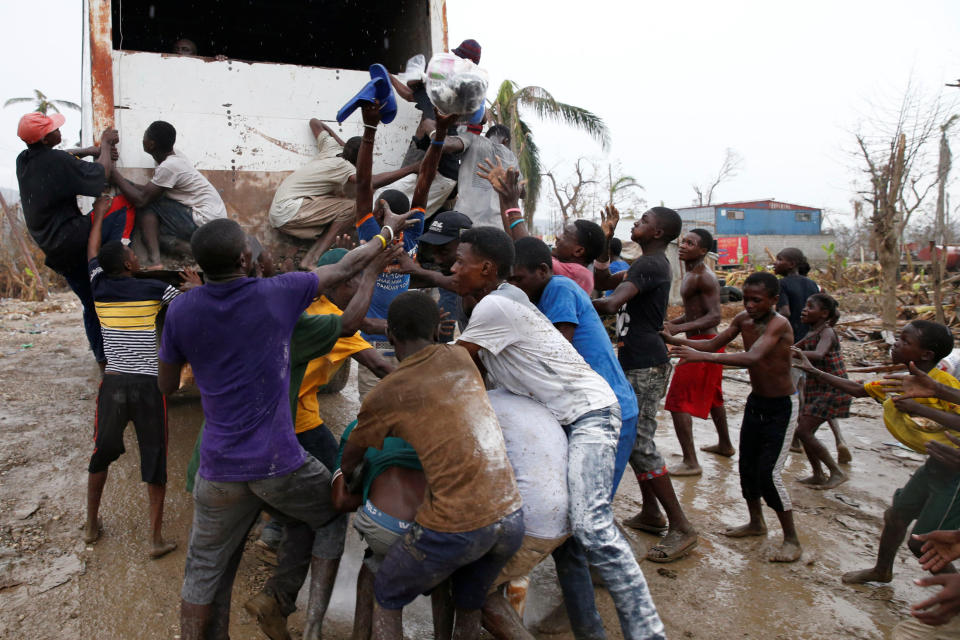

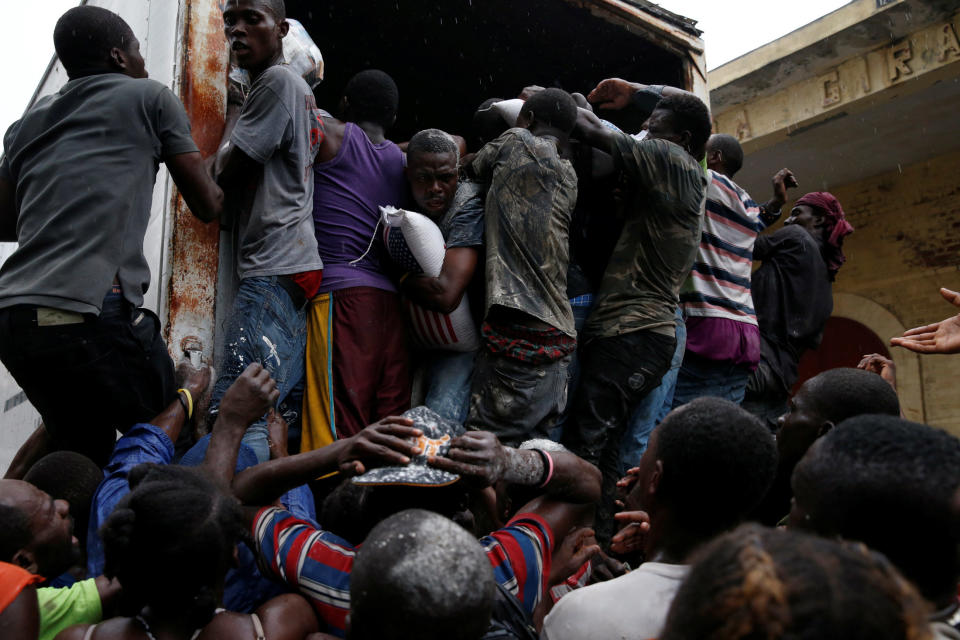
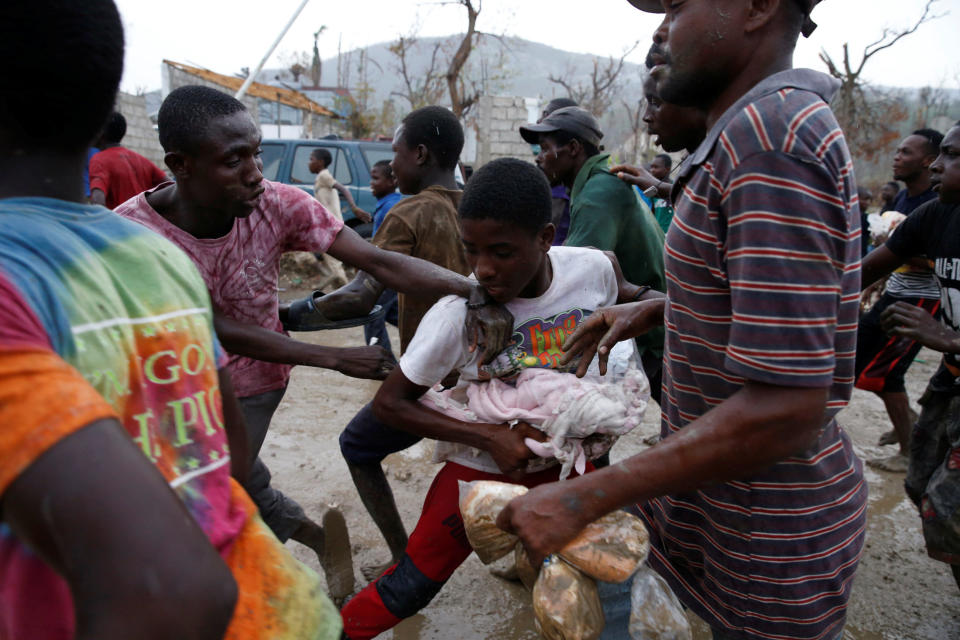
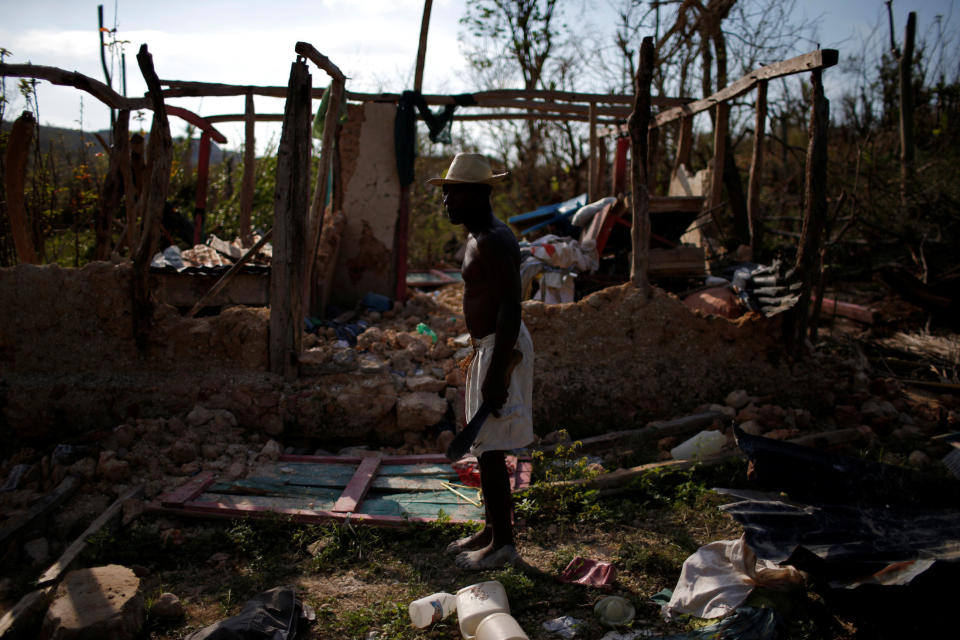


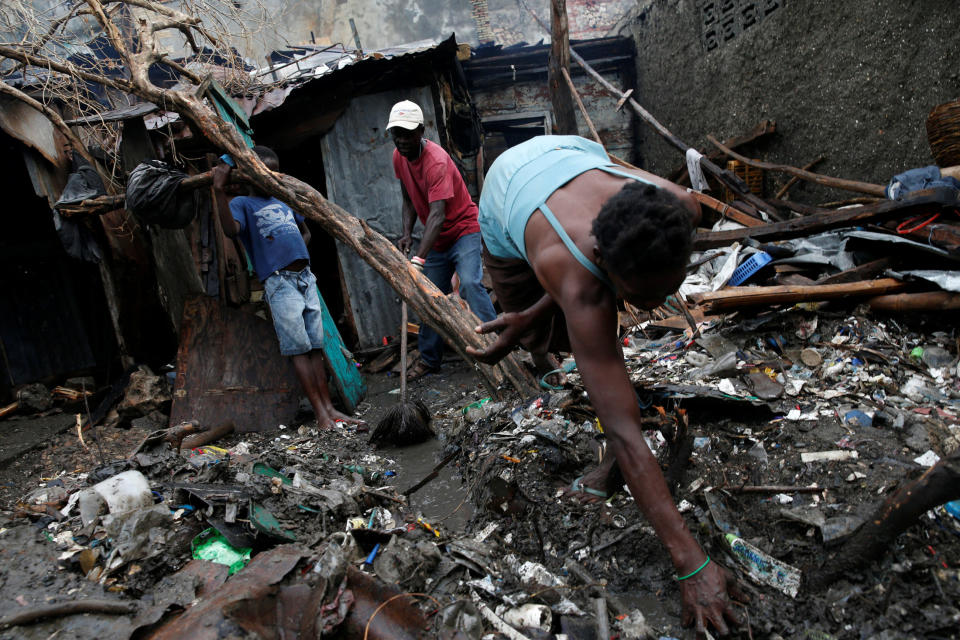


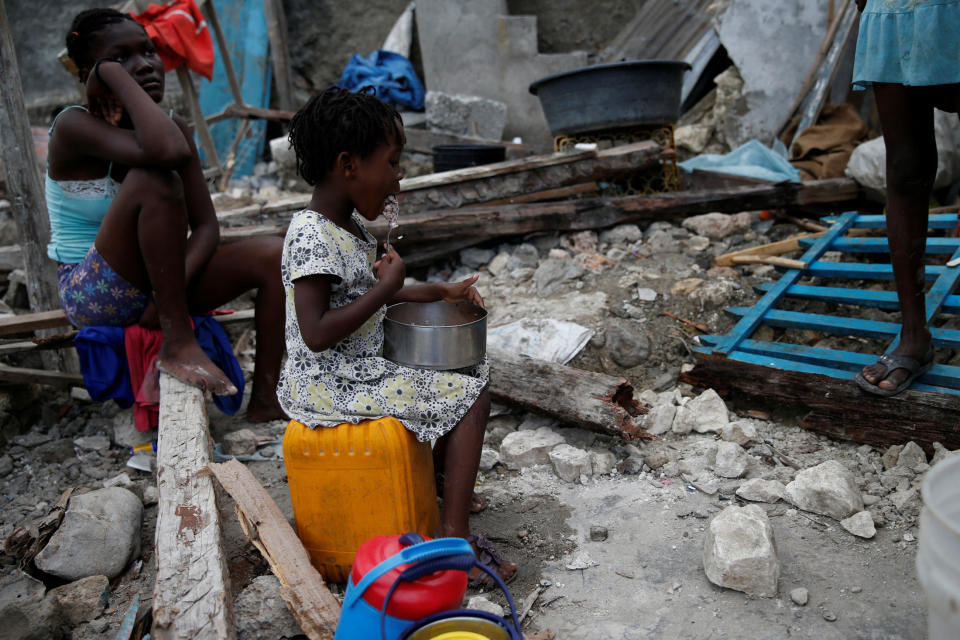
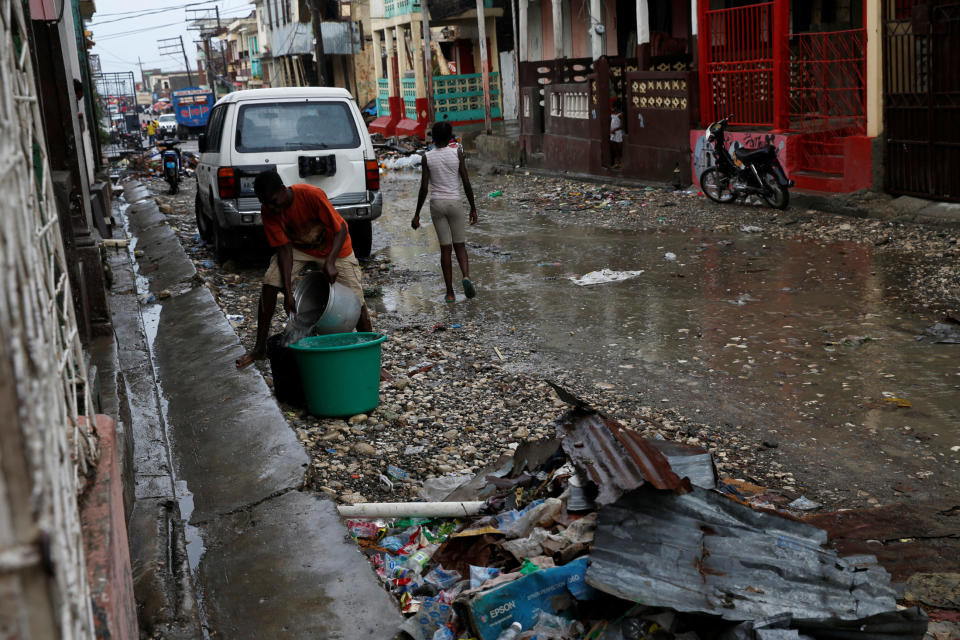


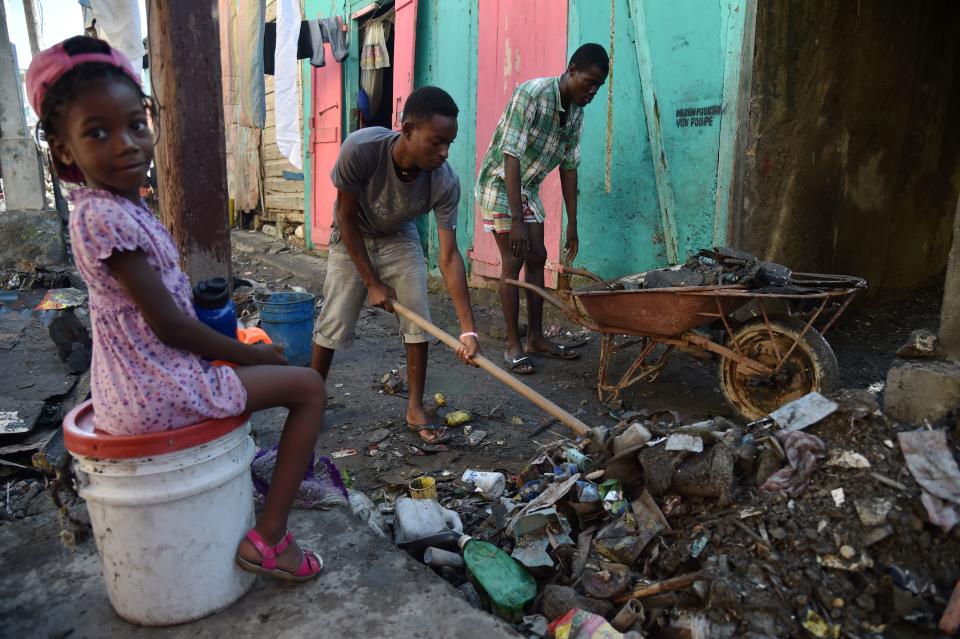
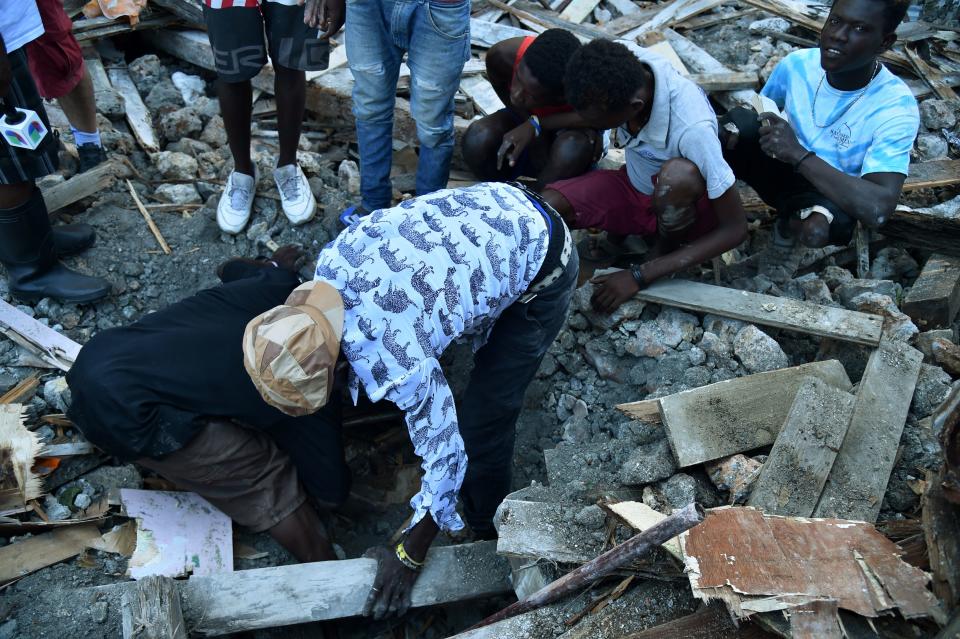
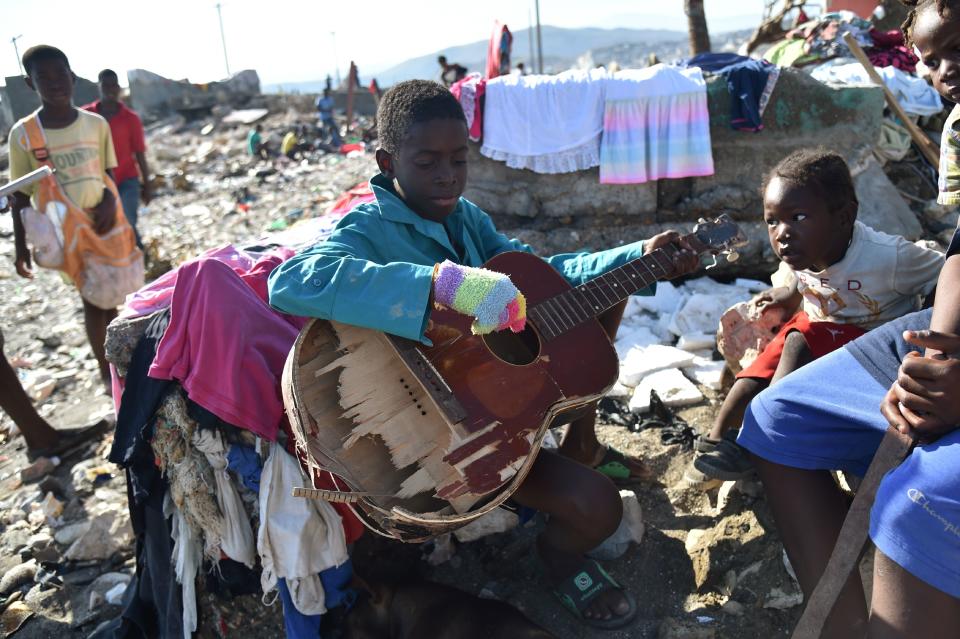
This article originally appeared on HuffPost.


